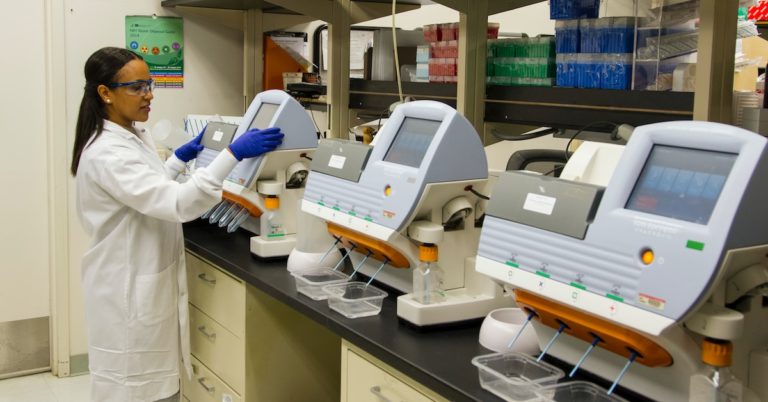MDD Vs. MDR: What’s The Difference?

When MDR was first introduced, it marked a major shift from MDD, bringing about a comprehensive and updated regulatory framework designed to address the challenges and advancements in the medical device industry.
In this article, we will go over the difference between MDD and MDR including how professionals are navigating the complexities of the regulatory landscapes, adhere to compliance requirements, and contribute to the delivery of safer and more innovative medical devices to patients worldwide.
So, What Is MDR Vs. MDD?
Answer, in a nutshell, a whole lot. Okay, that was vague, so some historical context may be needed to clarify the difference between these two European medical device standards.
For starters, “MDD” stands for “Medical Device Directive,” and “MDR” stands for “Medical Device Regulation.” In European law, a Directive is a set of guidelines setting minimum standards that can be interpreted by each European Member State. Conversely, a regulation is a law that is enacted directly for all European Member States, not subject to interpretation.
When Was The MDD Enacted?
The MDD was enacted in 1993 to create a “new approach” to regulation of medical devices (excluding IVDs), approximating the approach that had already been developed for the highest-risk devices, active implantables (example: cardiac pacemakers). The so-called “new approach” established “Essential Requirements” for standardized performance and technical specifications for devices to get a CE Mark (Conformité Européeanne).
Furthermore, manufacturers would receive the CE Mark through a certified Notified Body, and this harmonized standard allowed medical devices to be marketed under a treaty that allowed (under most circumstances) trade across international borders within Europe.
Before the MDD, technical standards varied from one country to the next, clearances were slow, and country-by-country. The New Approach permitted trade in a globalizing economy, and trust that every device met minimum standards.
But, over time, it became clear that interpretation of the MDD standards was applied inconsistently. Medical device manufacturers could shop for a Notified Body that more favorably interpreted the standards for their type of device.
Furthermore, adverse event reporting was inconsistent between member states, and it became difficult to identify a device’s risk profile when, for example, France could not access adverse event reporting for other members of the E-U. From this list of problems, the desire to upgrade the MDD to a more consistent format, the MDR, was borne.
How Is MDR Different Than MDD?
Because a “regulation” is a more binding standard, and is not subject to individual interpretation by the member states, in theory, the MDR would become a more powerful tool for assuring conformity for medical devices across the European marketplace.
There is no room for interpretation of the requirements, the requirements are standardized. In practice, when translating across some 20+ languages, nuances and essences are lost in translation, and concerns about interpretation of the standards remain.
Furthermore, MDR required medical devices to be re-certified under the new law to assure consistent performance with no grandfathering, and to ensure that Notified Bodies were consistent, all Notified Bodies were also to become re-certified under the requirements of MDR, without grandfathering.
To date, only 32 of 50 Notified Bodies have been re-certified, with many deciding not to pursue recertification, due to the onerous recertification requirements under MDR.
Many existing, approved medical devices under MDD face discontinuance because the company’s previous Notified Body is no longer available, with the remaining Notified Bodies overwhelmed with requests.
The Birth Of The EUDAMED
Under MDR, an information-sharing strategy was developed by developing an adverse event and UDI reporting database called EUDAMED. UDI is the Unique Device Identifier.
The database has its key features (device registration, UDIs, and storage of Notified Body certificates) However, the database lacks key features needed for secure data exchange for clinical data and product surveillance.
EUDAMED has employed a workaround process, Specified in European Commission guidance, until such time that the fully-functional database could be released.
When Was MDR Implemented?
MDR was supposed to have been fully implemented in May 2021, and of course, that could not happen because the European Commission determined that the COVID pandemic was a greater public health risk than the MDD, so the due date was extended.
But, here we are and now questions of interpretation of the regulation, recertification of the Notified Bodies, and implementation of the EUDAMED database have imposed further delays. In the meantime, industry has no choice but to try to navigate a difficult system or to simply wait for the answers.